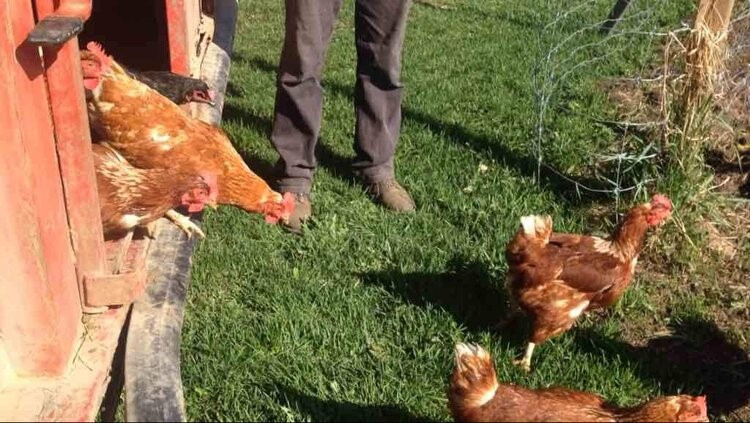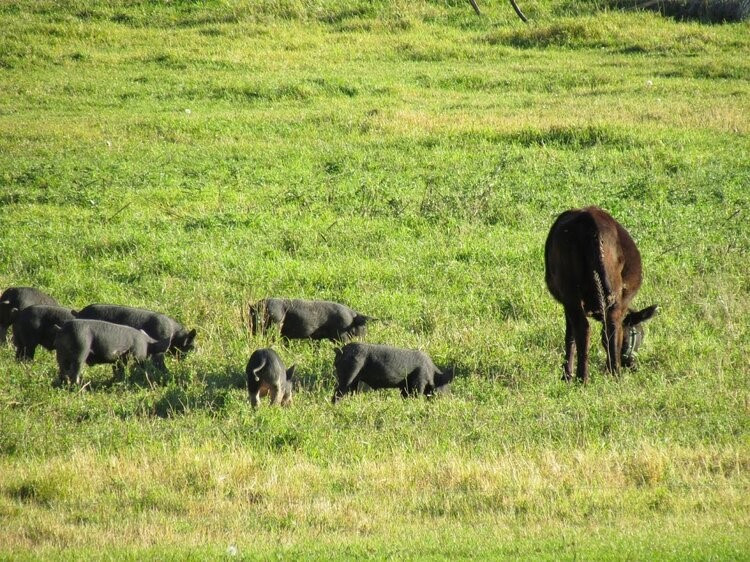Let The Winter Preparations Begin
posted on
September 27, 2019
Do you have a to-do list? Or are you the kind of person to fly by the seat of your pants?
On our farm we always have to-do lists in one form or another. Sometimes they are in our heads, but we really encourage them to be written. We are learning that when we have a list we don’t wonder about aimlessly trying to figure out what needs to be done.
There are four adult family members working together to make this farm function. Our experience has been when “the list” is in somebody’s head those things are not accomplished. We have been really working toward having a written list. When we have the jobs down on paper they are more likely to be completed.
Our list building exercise, if you want to call it that is pretty simple. It has been our habit since we were married to eat breakfast together, so it is just natural to incorporate family meetings into this time. At the beginning of each week every family member makes the jobs that they are aware of know to all the others. When everyone’s projects are written down we go through as a group and prioritize the items.
Once the list is completed for the upcoming week we determine who will do each job and if they will need help to complete it.
As each project is completed we check it off the list. This helps everyone to feel a sense of accomplishment that things are actually getting done and we are moving forward toward the goals that we set at the beginning of each year.
Autumn is the time of year when we need to complete the projects that prepare us for the upcoming winter.
The daily moves are slowly moving the cows and sheep that have been grazing on pastures farther away from home back to pastures that are closer to home.

The pastured laying hens that have been following the cattle are brought back to the main farmyard so they can spend their nights in their winter house. This is important because at this time of year with the shortening day length they need some supplemental lighting to keep egg production up through the winter. The hens are allowed to free-range during the day searching for insects, seeds and whatever goodies they can find.
 The pigs that have been growing all summer to fill our freezer are being processed. The pigs that will spend the winter on the farm are moved to thicker parts of the forest. This allows them to build “nests” under fallen willow bushes. They are amazing at packing these areas full of leaves and straw to make nice cozy shelters for themselves.
The pigs that have been growing all summer to fill our freezer are being processed. The pigs that will spend the winter on the farm are moved to thicker parts of the forest. This allows them to build “nests” under fallen willow bushes. They are amazing at packing these areas full of leaves and straw to make nice cozy shelters for themselves.
Firewood is always on the list. We heat our home and commercial kitchen with an outdoor wood burning heater. Unfortunately, it is not a very efficient piece of equipment (in the amount of wood it uses), but it does a very good job of keeping us warm. We also preheat the water for the commercial kitchen with it.
We have a wood-burning cook stove in our home kitchen. We use it almost exclusively for cooking in the winter because there is always a fire burning it. It is my favourite way to cook our meals. If the children, whose bedrooms are in the loft, didn’t complain so much about the heat I would use it year round.
These are just a few of the items on our list.
Be sure to come back next week. I want to show you around our northern gardens and orchards. If you don’t want to miss out on the tour subscribe by clicking the button below.



